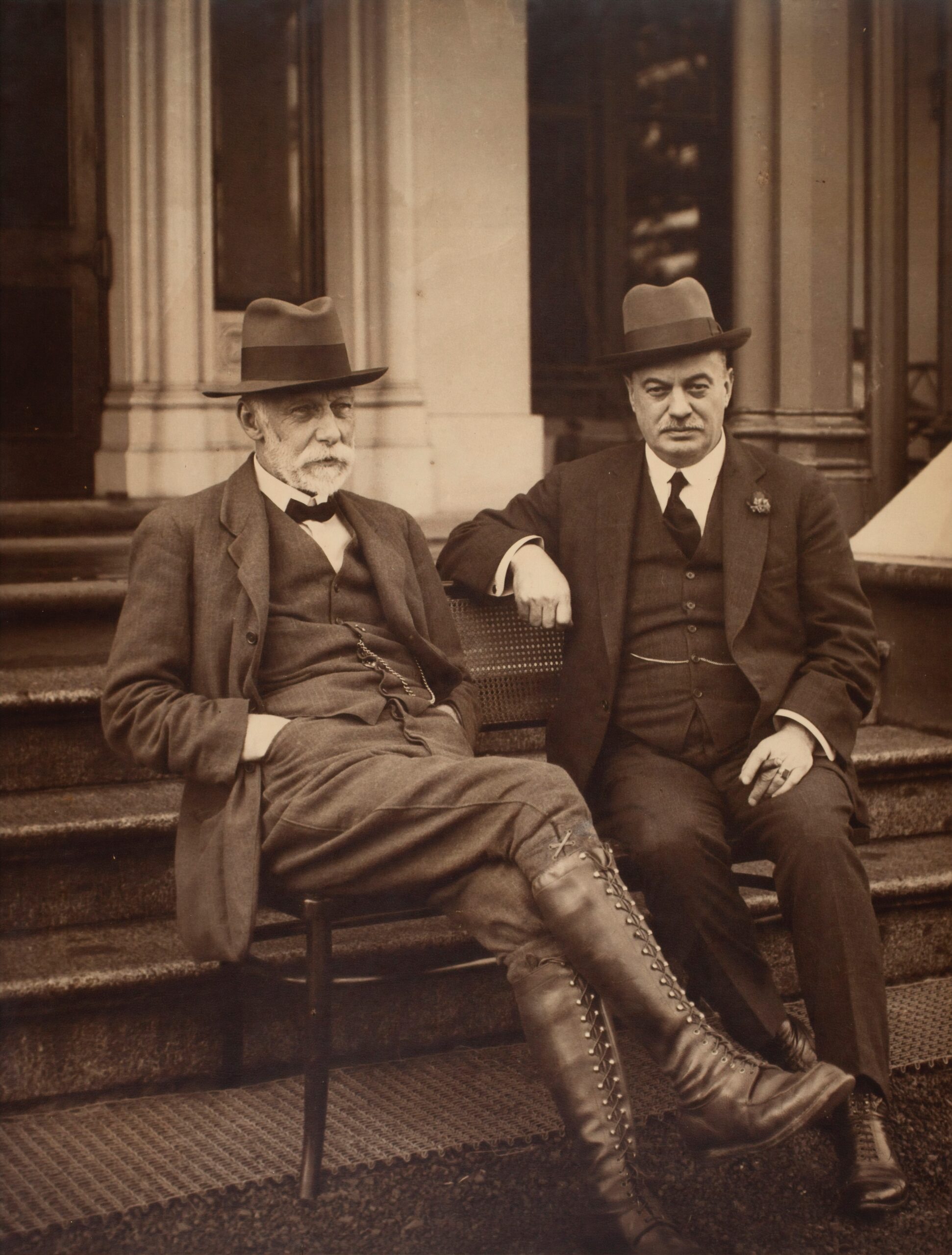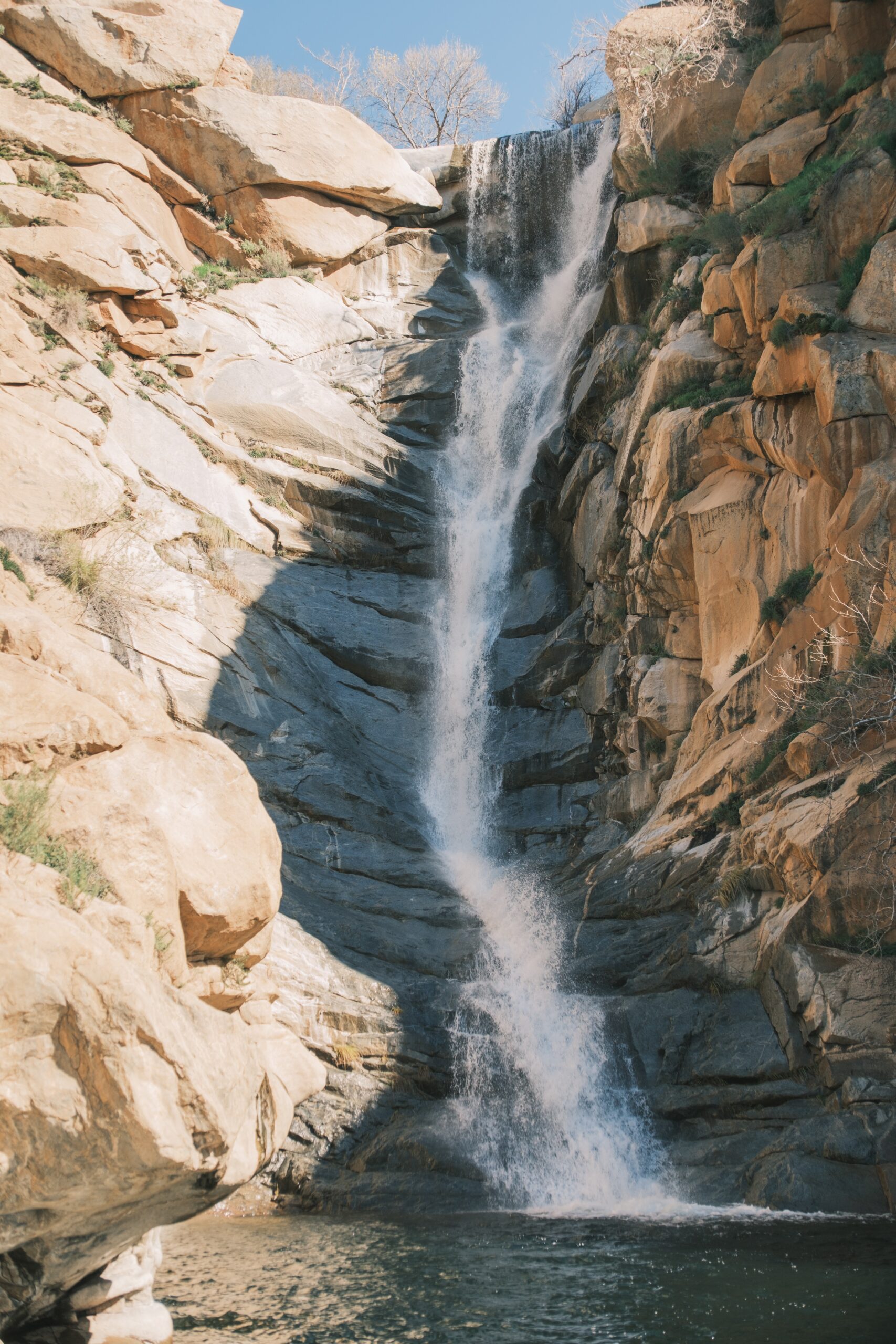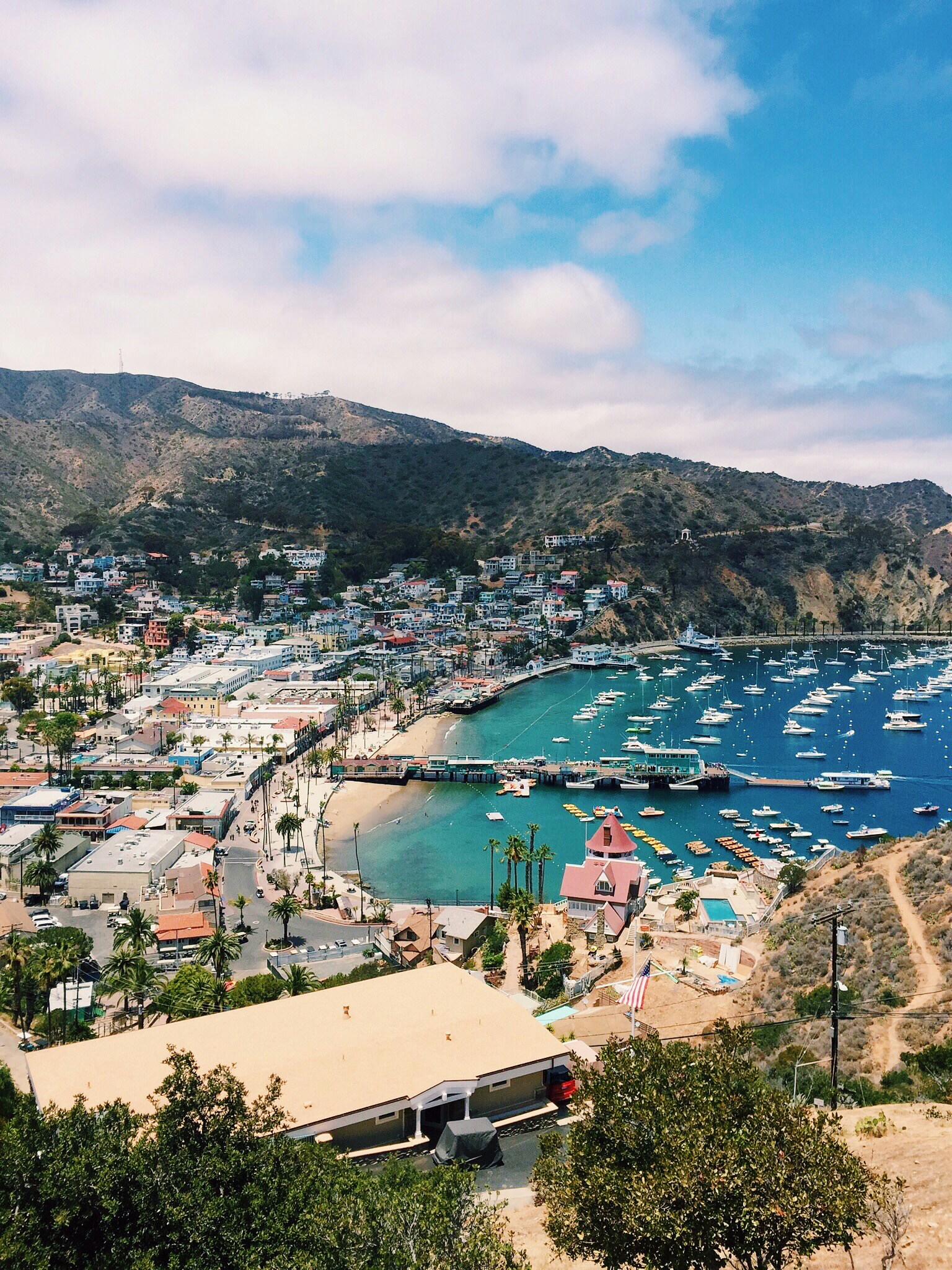California Gold Mine: A Historical and Economic Overview
If you're a history buff or just interested in the gold rush era, then you've probably heard of the California Gold Mine. This mine is one of the largest gold mines in California, with a rich history and a legacy that still exists today. Located in the Sierra Nevada foothills, this gold mine was once the source of one of the world's largest gold deposits.
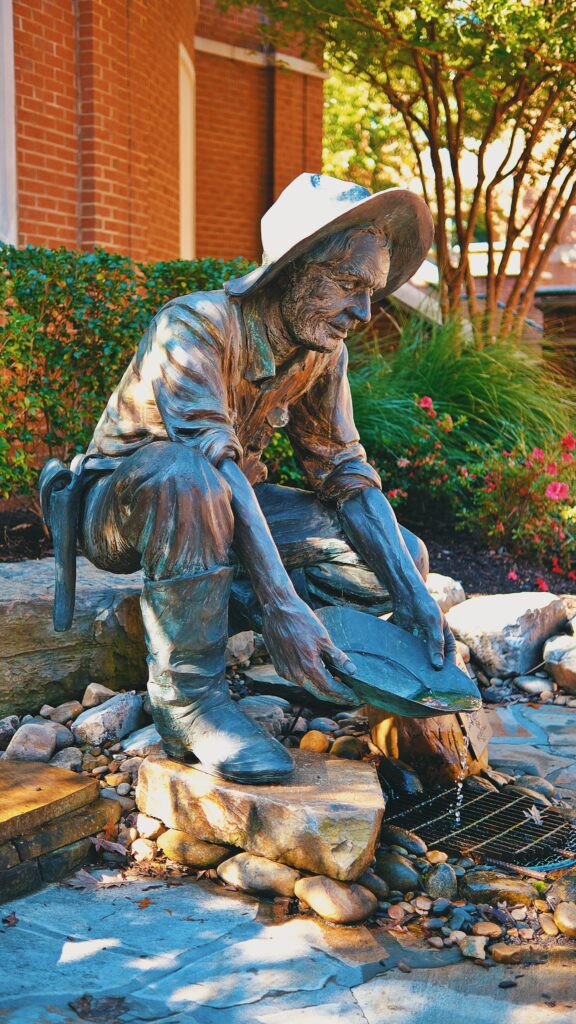
The California Gold Mine was discovered in 1848 by James W. Marshall at Sutter's Mill in Coloma, California. This discovery sparked the famous California Gold Rush, which brought hundreds of thousands of people to California in search of gold. The mine was in operation for over 100 years and produced over 5.8 million ounces of gold before it was closed in 1956.
Today, the California Gold Mine is the subject of much debate. While some see it as a valuable source of jobs and economic growth, others are concerned about the environmental impact of reopening the mine. Regardless of your stance on the issue, there's no denying the fascinating history and legacy of the California Gold Mine.
California Gold Mine: A Historical and Economic Overview
History of California Gold Mines
If you're interested in the history of gold mining in California, you're in for a treat. California's gold rush was one of the most significant events in American history, and it all started with a chance discovery in 1848. In this section, we'll take a closer look at the history of California gold mines, including the gold rush era, James Marshall and the discovery at Sutter's Mill, and the impact of forty-niners.
The Gold Rush Era
In 1848, gold was discovered in California, and the news spread like wildfire. People from all over the world flocked to California in search of riches, and the gold rush was born. The gold rush era lasted from 1848 to 1855, and during that time, California's population exploded from 14,000 to over 300,000.
James Marshall and the Discovery at Sutter's Mill
The discovery of gold in California is credited to James Marshall, a carpenter who was working for John Sutter at his sawmill in Coloma, California. On January 24, 1848, Marshall discovered gold while inspecting the tailrace of the mill. He found several small flakes of gold in the water, and he knew immediately what he had found.
The Impact of Forty-Niners
The people who came to California during the gold rush were known as “forty-niners,” and they had a significant impact on the state. The population explosion caused by the gold rush led to the rapid development of California's infrastructure, including roads, bridges, and cities. The gold rush also had a significant impact on the economy, as gold became one of California's most valuable exports.
Overall, the history of California gold mines is a fascinating story of discovery, exploration, and adventure. From the gold rush era to the impact of forty-niners, California's gold mines have played a significant role in shaping the state's history and economy.
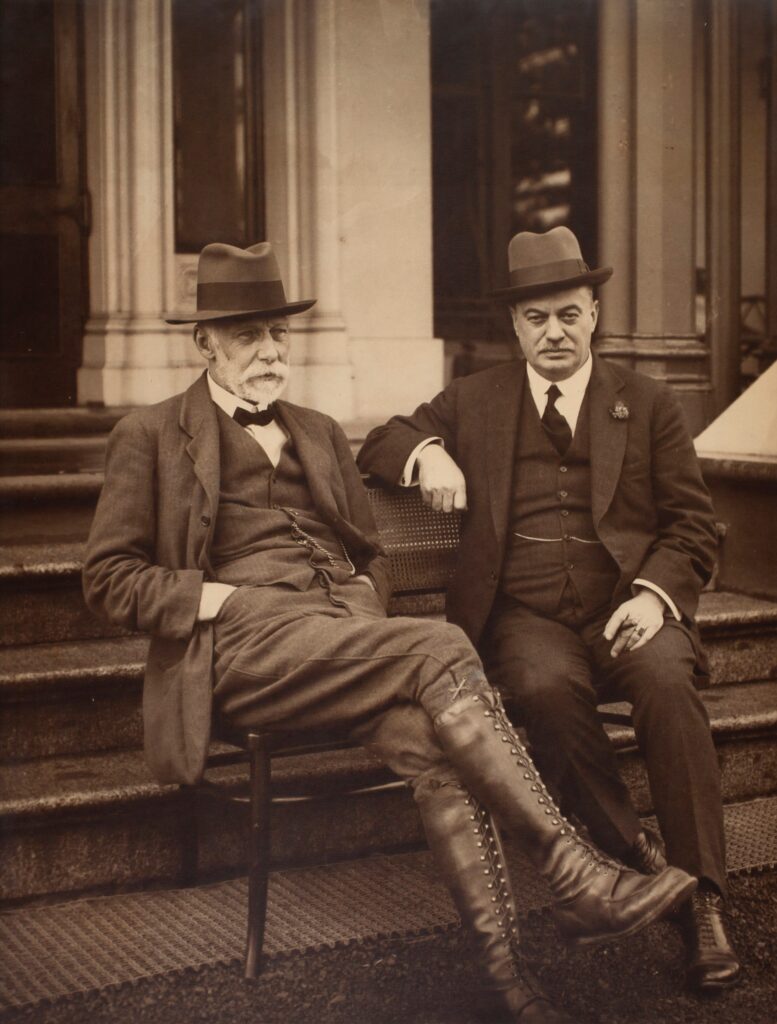
Geographical Distribution
If you're interested in California's gold mines, you're in luck. The state's history is steeped in gold mining, with the Gold Rush of the mid-1800s leaving a lasting impact on the state's economy and culture. In this section, we'll explore the geographical distribution of California's gold mines, including the Sierra Nevada Foothills and the Grass Valley and Nevada County Mines.
Sierra Nevada Foothills
The Sierra Nevada Foothills is a region of California that stretches from the foothills of the Sierra Nevada Mountains to the Sacramento Valley. This region is known for its rich gold deposits, which were first discovered during the Gold Rush of 1849. Today, the Sierra Nevada Foothills is home to many small-scale gold mines, as well as larger mining operations.
One of the most famous gold mines in the Sierra Nevada Foothills is the Idaho-Maryland Mine, which was once one of the richest gold mines in the world. The mine produced over 2.4 million ounces of gold over its lifetime and is still being explored for new deposits today.
Grass Valley and Nevada County Mines
The Grass Valley and Nevada County Mines are located in the northern part of California, near the town of Grass Valley. This region was also heavily mined during the Gold Rush and is home to some of the largest gold mines in the state.
The Grass Valley Mine is one of the most famous gold mines in California and was once the richest mine in the state. The mine produced over 17 million ounces of gold during its lifetime and is still producing gold today.
Overall, California's gold mines are located throughout the state, with the Sierra Nevada Foothills and the Grass Valley and Nevada County Mines being two of the most important regions. Whether you're a history buff or a gold enthusiast, California's gold mines offer a fascinating look into the state's rich mining heritage.
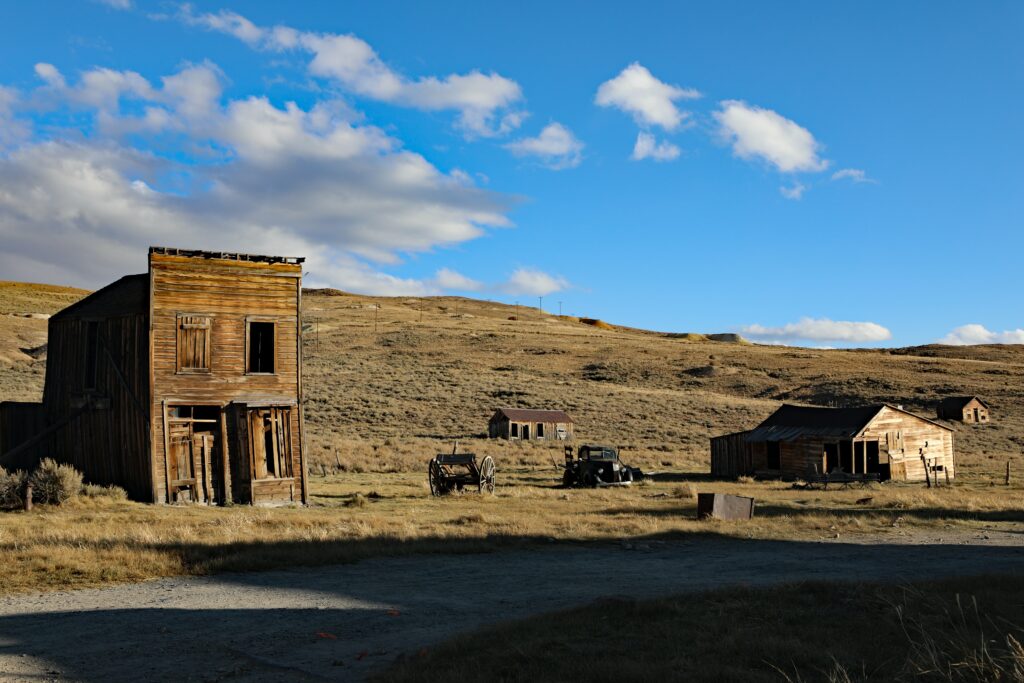
Modern Mining Operations
Rise Gold Corp and the Idaho-Maryland Mine
If you're interested in modern mining operations, you'll be happy to know that the Idaho-Maryland Mine may soon reopen, thanks to the efforts of Rise Gold Corp. This gold mine, located in Nevada County, California, was once one of the most productive mines in the state, producing over 2.4 million ounces of gold during its 73 years of operation. Rise Gold Corp is currently working on a plan to reopen the mine and extract the remaining gold deposits that could still be worth billions of dollars.
Rise Gold Corp has been working with the local community to ensure that the reopening of the mine is done in an environmentally responsible and safe manner. The company has also been working with local officials to address any concerns that may arise from the reopening of the mine.
Mining Technology Advancements
Mining technology has come a long way since the Idaho-Maryland Mine first opened in the 1800s. Today, mining companies use advanced technology to help them find and extract gold deposits more efficiently and safely. For example, companies use drones to survey the land and create detailed maps of the mine site. They also use computer models to simulate the mining process and optimize the extraction of gold.
Mining companies are also using new technologies to reduce the environmental impact of mining operations. For example, they are using water recycling systems to reduce the amount of water used in the mining process. They are also using renewable energy sources, such as solar and wind power, to reduce their carbon footprint.
Overall, modern mining operations are more efficient, safe, and environmentally responsible than ever before. With the efforts of companies like Rise Gold Corp and the advancements in mining technology, the future of gold mining in California looks bright.
Economic Impact
Gold's Role in the Local Economy
The discovery of gold in California in 1848 sparked a gold rush that brought thousands of people to the state in search of riches. Since then, gold has played a significant role in the state's economy. The mining industry has provided jobs and income for many communities, and the state has benefited from the taxes and royalties paid by mining companies.
In 2020, California's mining industry generated $13.6 billion in GDP and 99,120 direct and indirect jobs. The industry also paid $2.2 billion in wages and benefits to its employees. The reopening of the gold mine in Nevada County, California, which ceased operations in 1956, could potentially add billions of dollars to the state's economy.
Price of Gold and Market Trends
The price of gold is determined by supply and demand in the market. The Bretton Woods Agreement, signed in 1944, fixed the price of gold at $35 per ounce. This meant that countries could exchange their US dollars for gold at a fixed rate. However, in 1971, the US government ended the convertibility of the dollar into gold, and since then, the price of gold has fluctuated based on market demand.
The price of gold has been on an upward trend in recent years, with the price reaching an all-time high of $2,067 per ounce in August 2020. The COVID-19 pandemic, economic uncertainty, and low interest rates have contributed to the rise in demand for gold as a safe-haven asset.
The reopening of the gold mine in Nevada County, California, could potentially have an impact on the price of gold. If the mine contains one of the world's highest-grade gold reserves, as experts suggest, it could increase the supply of gold in the market and potentially lower the price of gold. However, the impact on the market would depend on the amount of gold that is actually extracted from the mine and the demand for gold at the time.
Environmental and Health Concerns
Gold mining has a significant impact on the environment and poses health risks to workers and nearby communities. California's gold mining history has left behind a legacy of environmental damage, including toxic waste, pollution, and destruction of natural habitats. In this section, we will explore the environmental and health concerns related to California's gold mines.
Toxicity and Pollution from Mining
Gold mining involves the use of toxic chemicals such as mercury and arsenic, which can contaminate soil, water, and air. Mercury is used to extract gold from ore, and it can cause serious health problems such as neurological damage, kidney damage, and birth defects. Arsenic is a byproduct of gold mining and can cause cancer, skin lesions, and other health problems.
The mining process also generates a significant amount of waste, including tailings, which are the leftover materials after the gold has been extracted. These tailings can contain heavy metals, which can leach into the groundwater and contaminate the soil, water, and air. The pollution from gold mining can have long-lasting effects on the environment and pose health risks to nearby communities.
Superfund Sites and Cleanup Efforts
Many of California's gold mines have been designated as Superfund sites, which are areas that have been contaminated with hazardous waste and require cleanup efforts. The cleanup efforts can take years and cost millions of dollars.
The Environmental Protection Agency (EPA) is responsible for overseeing the cleanup of Superfund sites, and they work with state and local agencies to ensure that the cleanup is done safely and effectively. The cleanup efforts typically involve removing the contaminated soil, treating the water, and restoring the natural habitats.
In conclusion, gold mining has significant environmental and health impacts, and it is crucial to address these concerns to protect the environment and the health of nearby communities. The cleanup efforts for Superfund sites are ongoing, and it is essential to continue to monitor and address the environmental damage caused by gold mining in California.
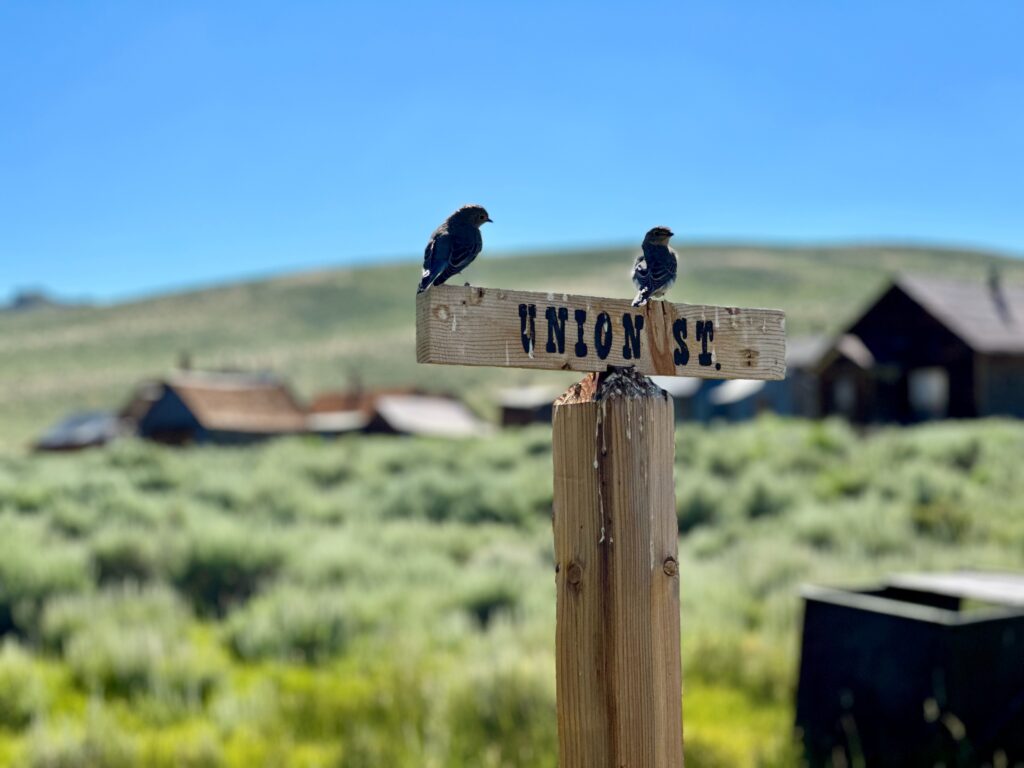
Cultural and Recreational Aspects
California's Gold Country is not only rich in history but also offers a variety of cultural and recreational activities for visitors. Here are some of the highlights you should not miss.
Historic Towns and Tourism
The region is dotted with charming historic towns that offer a glimpse into the past. You can explore the museums, galleries, and antique shops in towns like Nevada City, Grass Valley, and Auburn. These towns are also great places to stay, with plenty of cozy bed and breakfasts and boutique hotels to choose from.
If you're interested in the history of the Gold Rush, you can visit the Marshall Gold Discovery State Historic Park. This park is where gold was first discovered in California in 1848, which led to the famous Gold Rush. You can see the original site of the discovery, as well as a museum and exhibits that tell the story of the Gold Rush.
Hiking Trails and Outdoor Activities
The Golden State is also known for its beautiful hiking trails and outdoor activities. The South Yuba River State Park is a great place to go hiking, with over 20 miles of trails that wind through scenic canyons and along the river. You can also go swimming, fishing, and kayaking in the river.
If you're looking for a more challenging hike, you can try the Pacific Crest Trail, which runs through the region. This trail stretches over 2,650 miles from Mexico to Canada, and offers some of the most stunning views in the state.
Overall, California's Gold Country offers a unique blend of history and outdoor adventure. Whether you're interested in exploring historic towns or hiking through scenic canyons, there is something for everyone to enjoy.
Regulatory and Legal Framework
If you're interested in mining for gold in California, you need to be aware of the regulatory and legal framework that governs the industry. This framework is designed to ensure that mining operations are conducted in an environmentally responsible manner and that the rights of all stakeholders are protected.
Draft Environmental Reports
One of the key components of the regulatory framework is the requirement for mining companies to prepare a Draft Environmental Report (DER) before beginning any mining activities. The DER outlines the potential environmental impact of the proposed mining operation and identifies measures that will be taken to mitigate any negative effects.
The DER is then subject to a public review process, during which interested parties can provide feedback and raise any concerns they may have. This process is designed to ensure that the mining operation is conducted in a manner that is consistent with the principles of sustainable development and that takes into account the concerns of all stakeholders.
Mining Laws and Ownership
Another important aspect of the regulatory framework is the set of laws and regulations that govern the ownership and operation of mining claims. In California, mining claims are governed by the General Mining Law of 1872, which allows individuals and companies to stake a claim on federal land and extract minerals from it.
However, there are a number of restrictions and regulations that must be followed in order to legally operate a mining claim in California. For example, mining claims must be properly recorded with the Bureau of Land Management, and mining operations must be conducted in accordance with state and federal environmental regulations.
In addition, there are a number of legal issues that can arise in the context of mining claims, such as disputes over ownership or conflicts with other land users. It is important to work with an experienced attorney who can help you navigate these issues and ensure that your mining operation is conducted in compliance with all applicable laws and regulations.
Overall, the regulatory and legal framework surrounding gold mining in California is complex and multifaceted. However, by understanding the key components of this framework and working with experienced professionals, you can successfully navigate the regulatory landscape and operate a successful mining operation.
Where can I mine gold in California?
California is known for its rich history of gold mining. If you're interested in trying your hand at gold mining, there are several locations in California where you can do so legally. Here are some of the best places to mine for gold in California:
1. San Gabriel River
The San Gabriel River is a popular destination for gold mining in Southern California. The river has a rich history of gold mining and is still a hotspot for prospectors today. You can find gold in the riverbed and in the surrounding hills and mountains. Be sure to follow all local regulations and obtain any necessary permits before mining in this area.
2. Imperial County
Imperial County is home to the Mesquite Mine, one of California's most productive gold mines. The mine is operated by Equinox Gold and has an estimated 3.5 million ounces of gold reserves. While you can't mine at the Mesquite Mine itself, there are other areas in Imperial County where you can legally mine for gold.
3. Nevada County
Nevada County is home to the Idaho-Maryland Mine, which was once one of the most productive gold mines in California. While the mine has been closed since 1956, there are plans to reopen it in the near future. The mine is estimated to contain one of the world's highest-grade gold reserves, making it a prime location for gold mining.
4. Placer County
Placer County is another popular destination for gold mining in California. The county has a rich history of gold mining and is home to several active mines today. Some of the most popular areas for gold mining in Placer County include the American River, Bear River, and Yuba River.
No matter where you decide to mine for gold in California, be sure to follow all local regulations and obtain any necessary permits. Gold mining can be a fun and rewarding hobby, but it's important to do it safely and legally.
Related Post:
Active Mines in California
California is home to some of the most productive mines in the world. The state's rich mineral reserves have attracted miners from all over the world. Here are some of the active mines in California:
1. Mesquite Mine
Located in Imperial County, Mesquite Mine is one of the largest gold mines in the state. The mine is operated by Equinox Gold and produces over 130,000 ounces of gold annually. Mesquite Mine is an open-pit mine and has been in operation since 1985.
2. Soledad Mountain Mine
Soledad Mountain Mine is a gold-silver mine located in Mojave, Kern County. The mine is operated by Golden Queen Mining and produces over 80,000 ounces of gold and 600,000 ounces of silver annually. The mine is an underground and open-pit operation.
3. Castle Mountain Mine
Castle Mountain Mine is a gold mine located in San Bernardino County. The mine is operated by Equinox Gold and produces over 45,000 ounces of gold annually. The mine is an open-pit operation and has been in operation since 1992.
4. Round Mountain Mine
Round Mountain Mine is a gold mine located in Nye County, Nevada, but also extends into Inyo County, California. The mine is operated by Kinross Gold and produces over 350,000 ounces of gold annually. The mine is an open-pit operation and has been in operation since 1977.
5. Briggs Mine
Briggs Mine is a gold-silver mine located in Inyo County. The mine is operated by Atna Resources and produces over 20,000 ounces of gold and 80,000 ounces of silver annually. The mine is an underground and open-pit operation.
These are just a few of the active mines in California. The state's mining industry is vital to the economy and provides thousands of jobs to Californians.
Family Friendly Gold Rush Adventures
If you're looking for a fun and educational adventure for the whole family, California's Gold Rush Adventures are a must-see. From panning for gold to exploring historic towns, there's something for everyone.
Gold Panning
One of the most popular activities for families is gold panning. You can try your luck at several locations throughout California, including Big Bear and Gold Country. You'll learn about the history of the Gold Rush and get a chance to find your own gold nuggets.
Whitewater Rafting
For a more adventurous experience, try whitewater rafting. California has some of the best rapids in the country, and many companies offer family-friendly trips. You'll get to experience the rush of the rapids while taking in the beautiful scenery.
Historic Towns
If you're interested in history, there are plenty of historic towns to explore. Some of the most popular include Columbia, Nevada City, and Placerville. You can take a guided tour or explore on your own, learning about the Gold Rush and the people who lived during that time.
Museums
California is home to several museums dedicated to the Gold Rush. You can learn about the history of mining, see artifacts from the time period, and even try your hand at gold panning. Some of the most popular museums include the California State Mining and Mineral Museum and the Marshall Gold Discovery State Historic Park.
Conclusion
California's Gold Rush Adventures offer a fun and educational experience for the whole family. Whether you're panning for gold, exploring historic towns, or learning about the history of mining, there's something for everyone. So pack your bags and head to California for a memorable adventure.
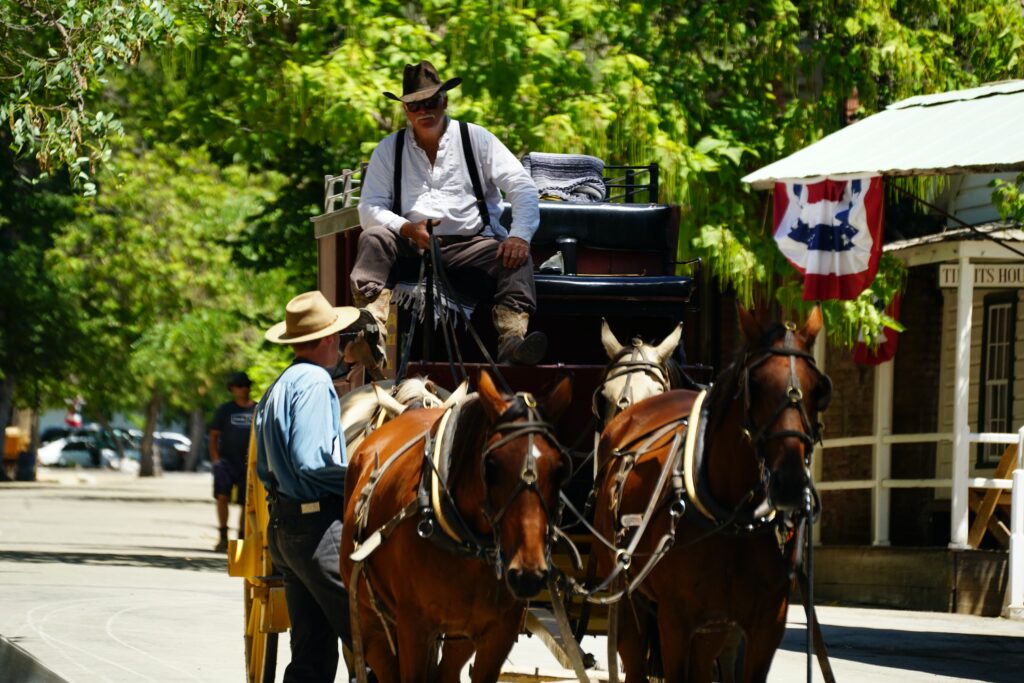
Recent Gold Finds in California
California has a rich history of gold mining, and it continues to be a popular activity even today. In recent years, there have been several notable gold finds in the state that have generated excitement among prospectors. Here are some of the most significant recent gold discoveries in California:
- Idaho-Maryland Mine: The Idaho-Maryland Mine in Nevada County, California, which ceased operations in 1956, may reopen after experts suggest that it may still contain one of the world's highest-grade gold reserves. The future of the 160-year-old mine with its 73 miles of tunnels could be decided soon by Nevada County. The mine was once one of the most prosperous in California, and it produced over 2.4 million ounces of gold during its operation.
- Sierra Nevada Foothills: The Sierra Nevada Foothills have been a hotbed of gold mining activity for over a century, and it continues to be a popular destination for prospectors. In recent years, there have been several significant gold finds in the area, including a 6-pound gold nugget that was discovered in 2014. The foothills are also home to several active gold mines, including the New Gold Mesquite Mine and the Sutter Gold Mine.
- Heavy Rains: In 2023, heavy winter storms sent water blasting through rock crevices and rivers in the Sierra Nevada, leading to more glittering gold being uncovered. The mother lode of winter storms has sent water blasting through rock crevices and rivers in the Sierra Nevada, leading to more glittering gold being uncovered. Gold seekers were giddy after the heavy rains, and many were able to find significant amounts of gold.
- California Gold Rush 2.0: With gold prices holding around $2,000 an ounce, the precious metal is adding to the gold fever. There is still gold in them thar hills, and California's volatile weather has created an environment for a new gold rush. Many prospectors are turning to high-tech equipment, such as metal detectors and drones, to help them locate gold deposits.
In conclusion, California continues to be a top destination for gold prospectors, and recent gold finds in the state have generated excitement among the community. Whether you're a seasoned prospector or a beginner, there's always a chance that you could strike gold in California.
Frequently Asked Questions
What methods were used during the California Gold Rush mining?
During the California Gold Rush, miners used various methods to extract gold from the earth. The most common method was placer mining, which involved using simple tools like pans and sluice boxes to wash gold out of streambeds and riverbeds. Hard rock mining, which involved tunneling into the earth to extract gold from veins of ore, was also used.
Can you name some historic Gold Rush towns in California?
There were many towns that sprang up during the California Gold Rush, some of which are still thriving today. Some of the most well-known historic Gold Rush towns in California include Sacramento, San Francisco, Sonora, Placerville, and Auburn.
Where in California was gold first discovered leading to the Gold Rush?
Gold was first discovered in California at Sutter's Mill, located in Coloma, California. The discovery was made in 1848 by James W. Marshall, who was building a sawmill for John Sutter.
How many years did the California Gold Rush span?
The California Gold Rush began in 1848 and lasted until 1855. During this time, an estimated 300,000 people flocked to California in search of gold.
Are there still operational gold mines in California today?
Yes, there are still operational gold mines in California today. According to The Golden State: A Closer Look at Mining in California by Visual Capitalist, California is one of the largest states for mining in the US, and the mining industry continues to build on its rich history to this day.
Is recreational gold panning allowed in California, and if so, where?
Yes, recreational gold panning is allowed in California, but there are rules and regulations that must be followed. Generally, you can pan for gold on public lands as long as you have a valid permit and are not disturbing any wildlife habitats or archaeological sites. Some popular areas for recreational gold panning in California include the American River, the Merced River, and the Kern River.

